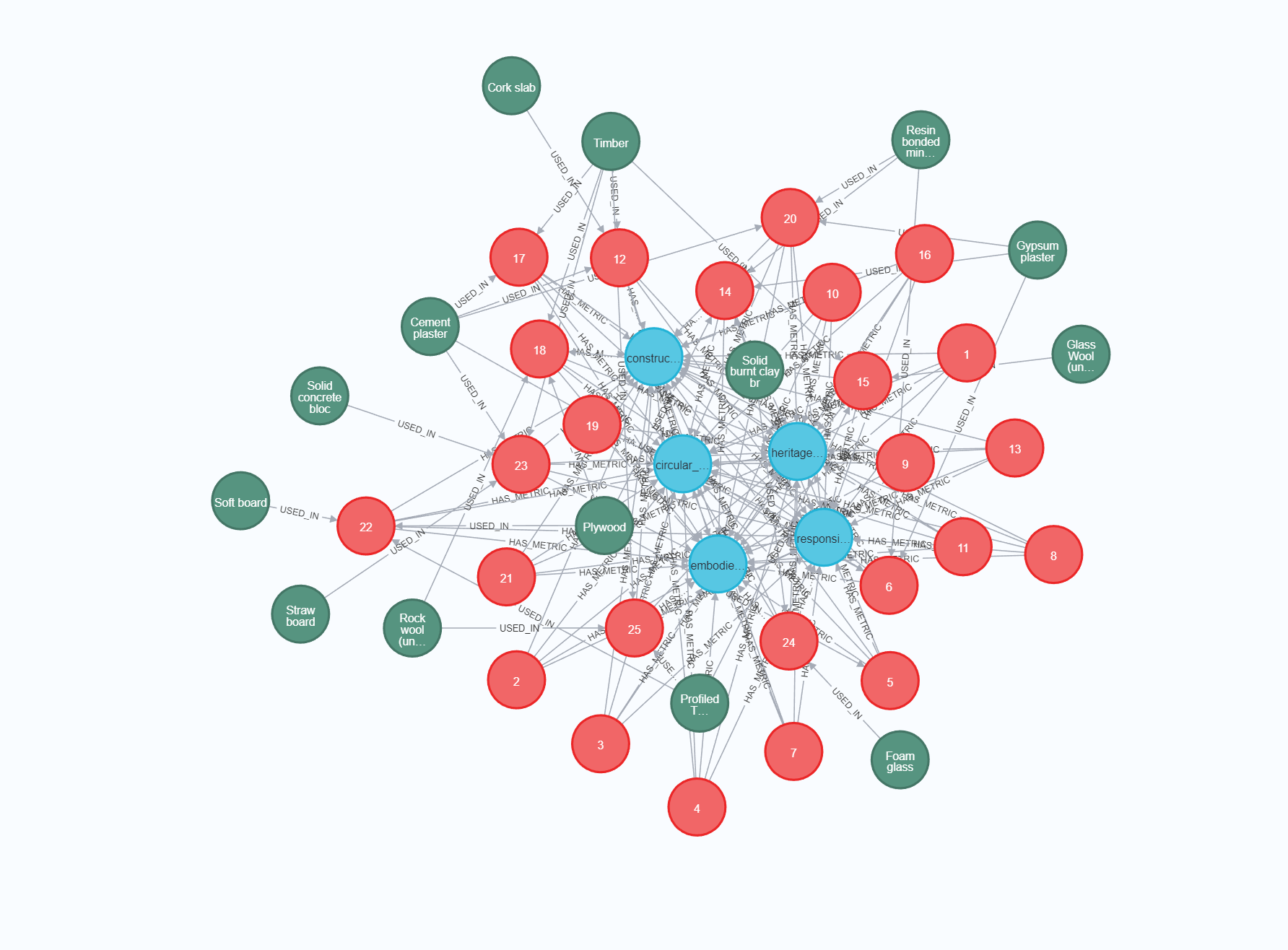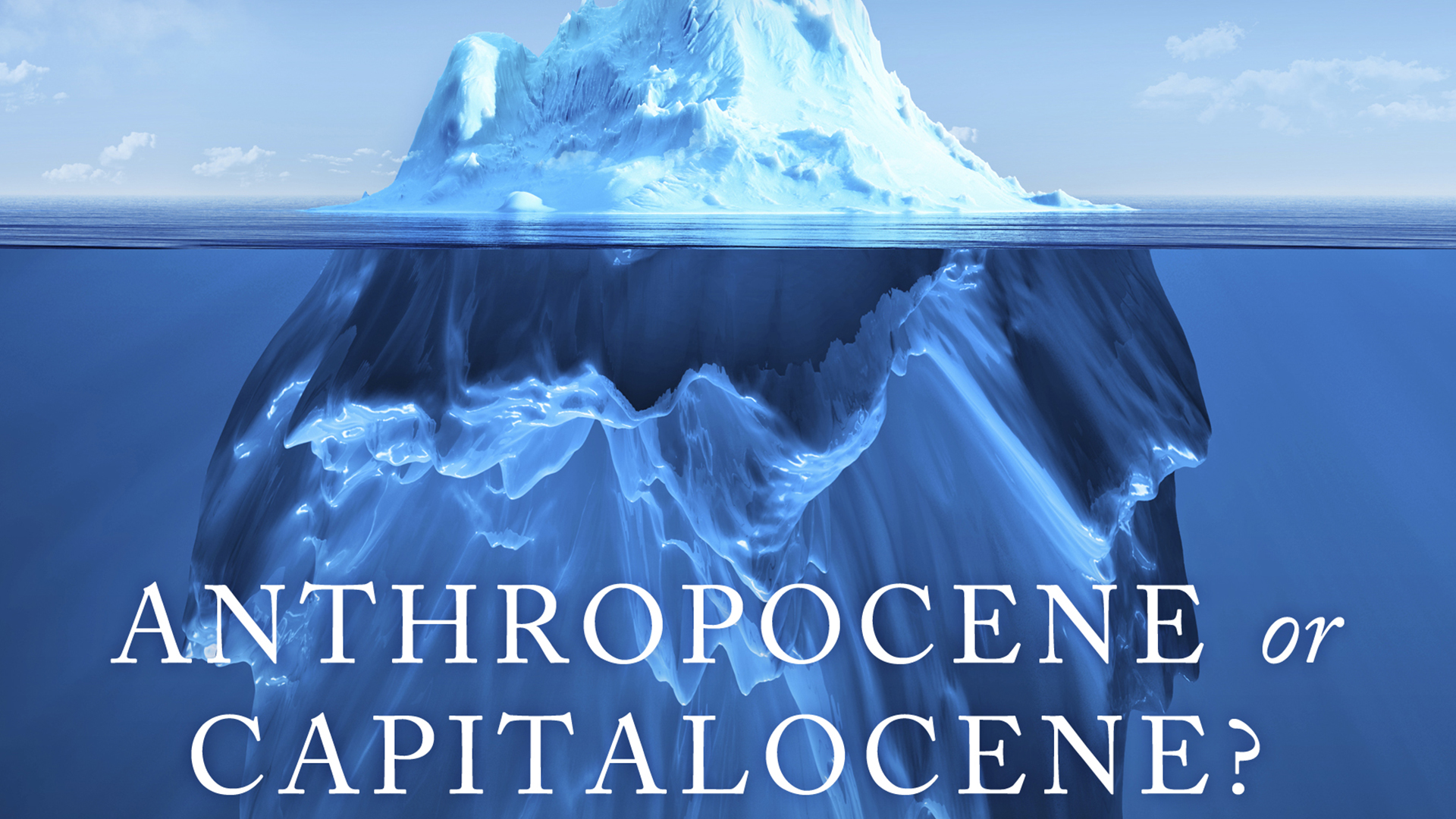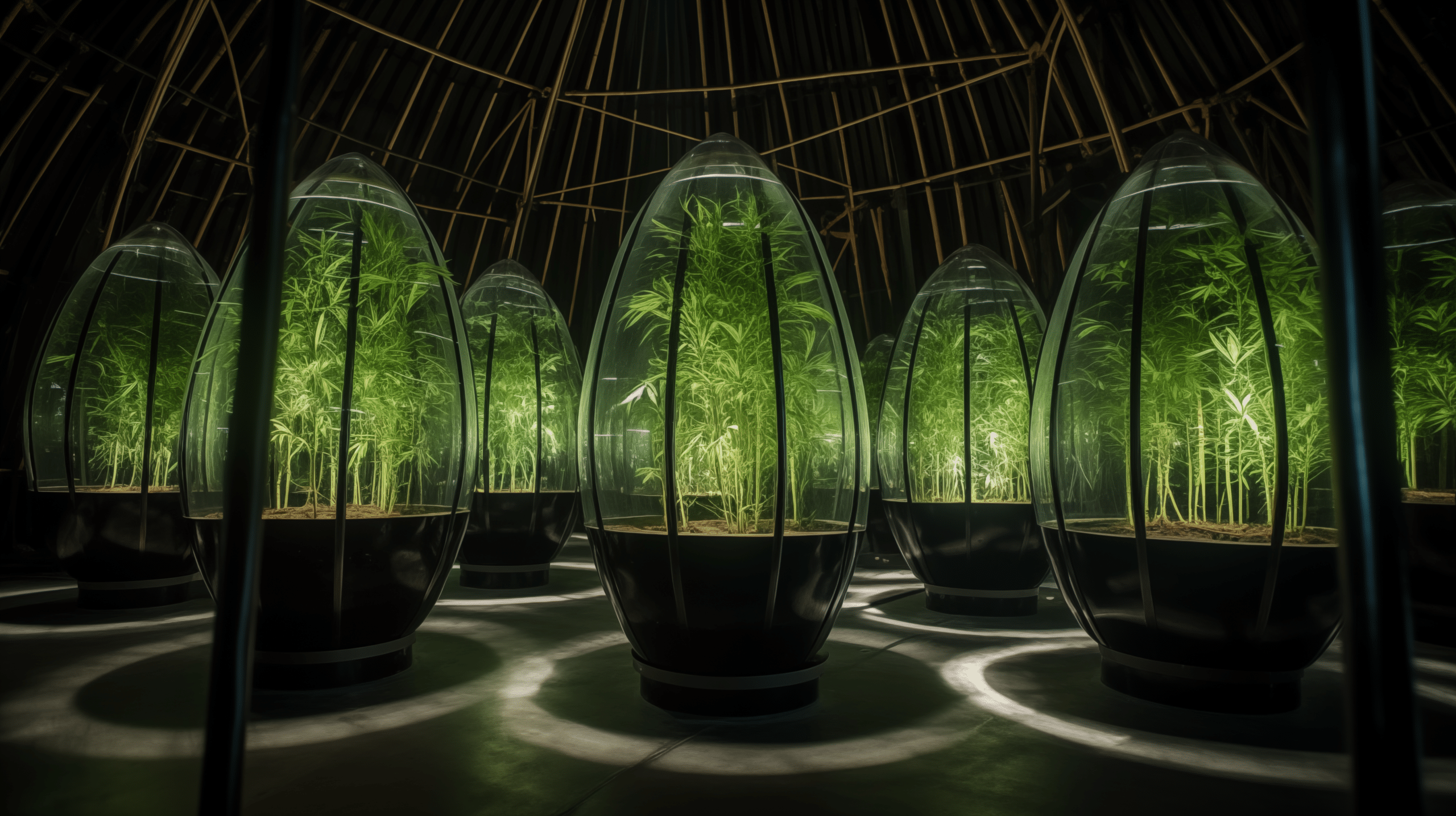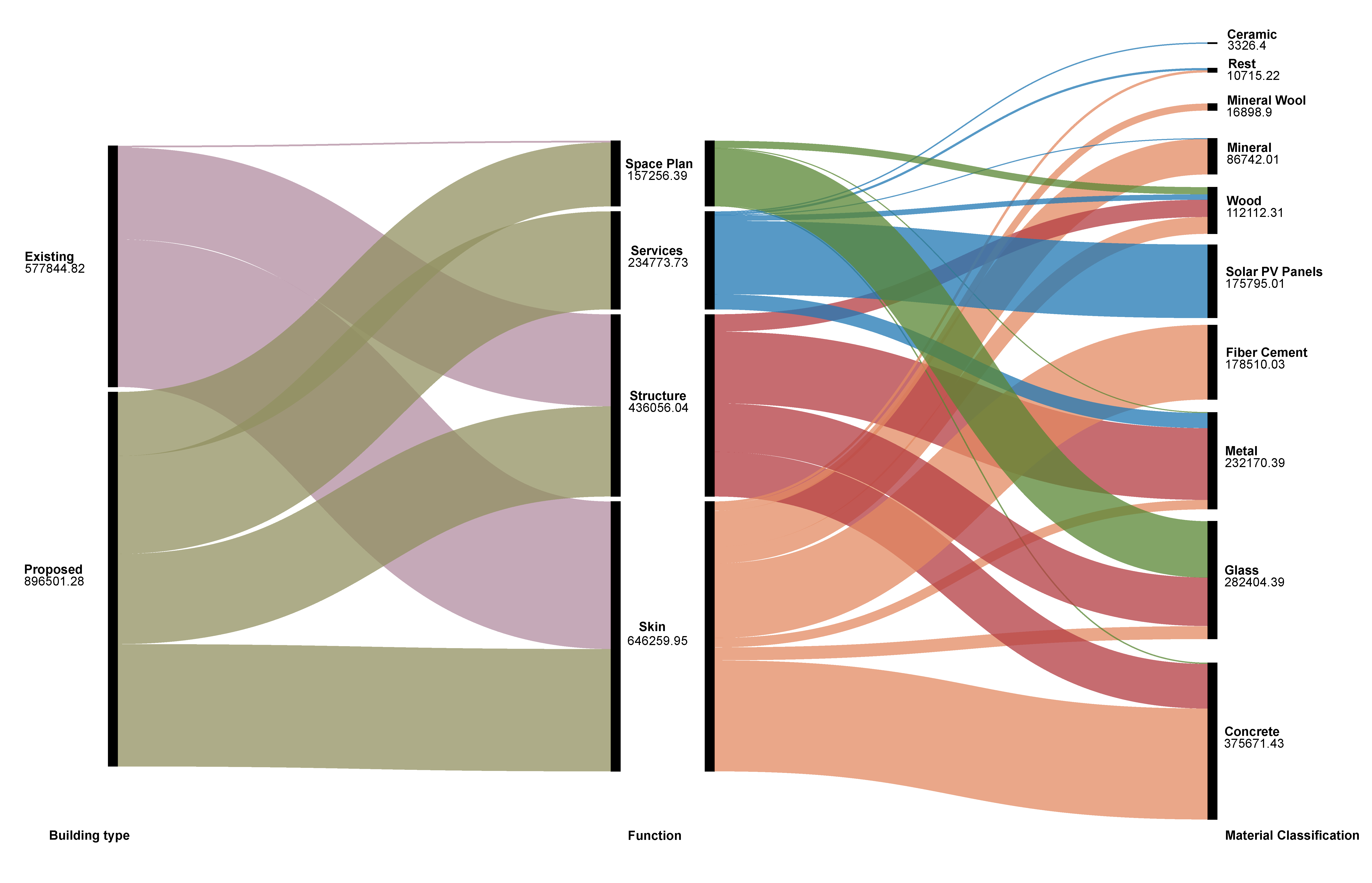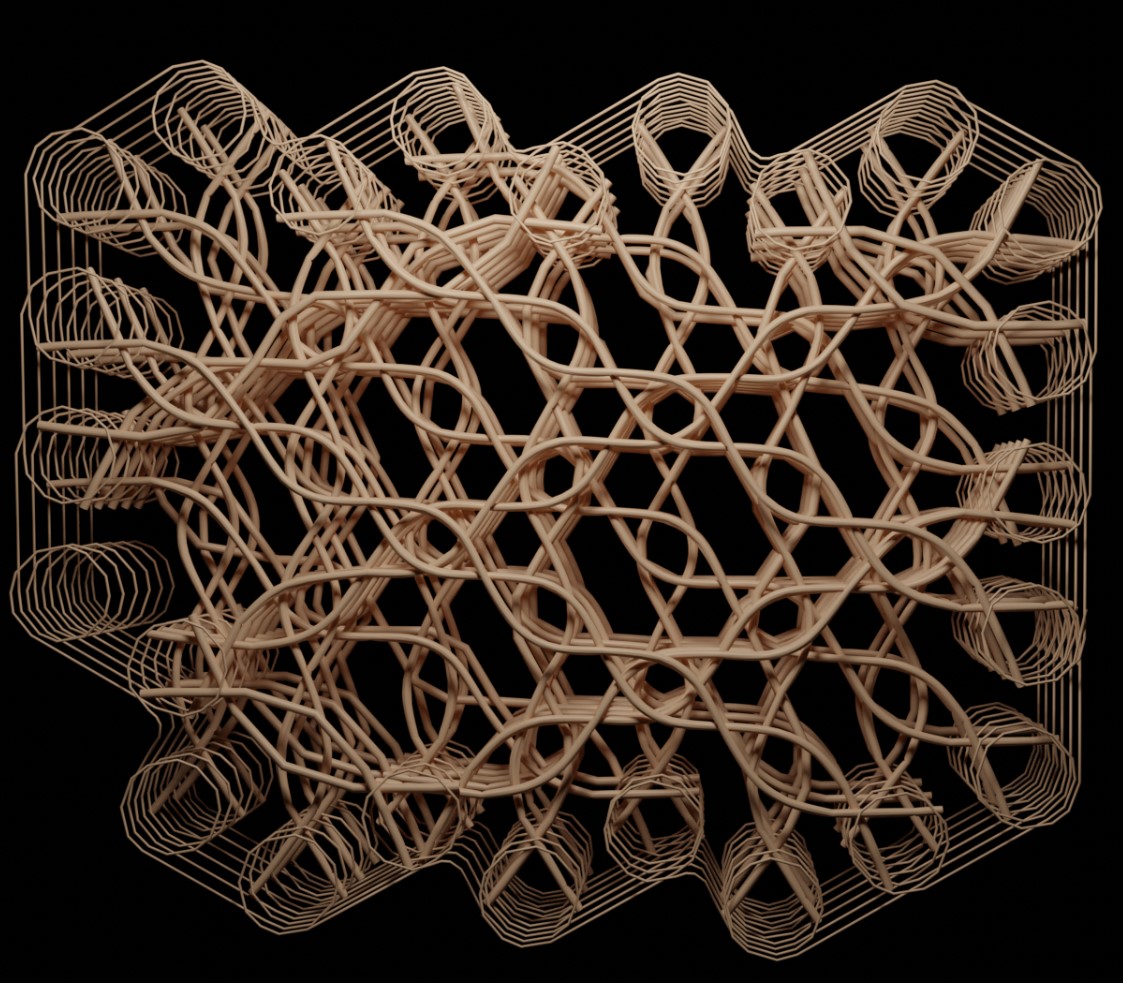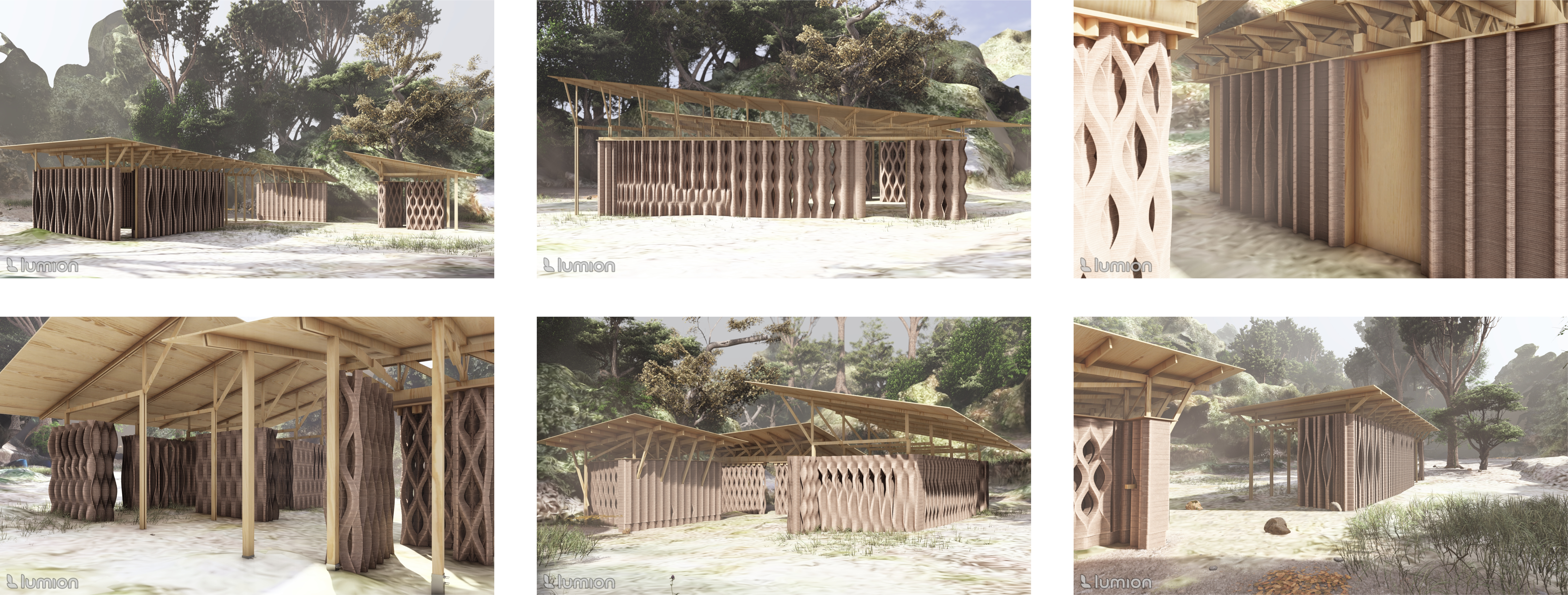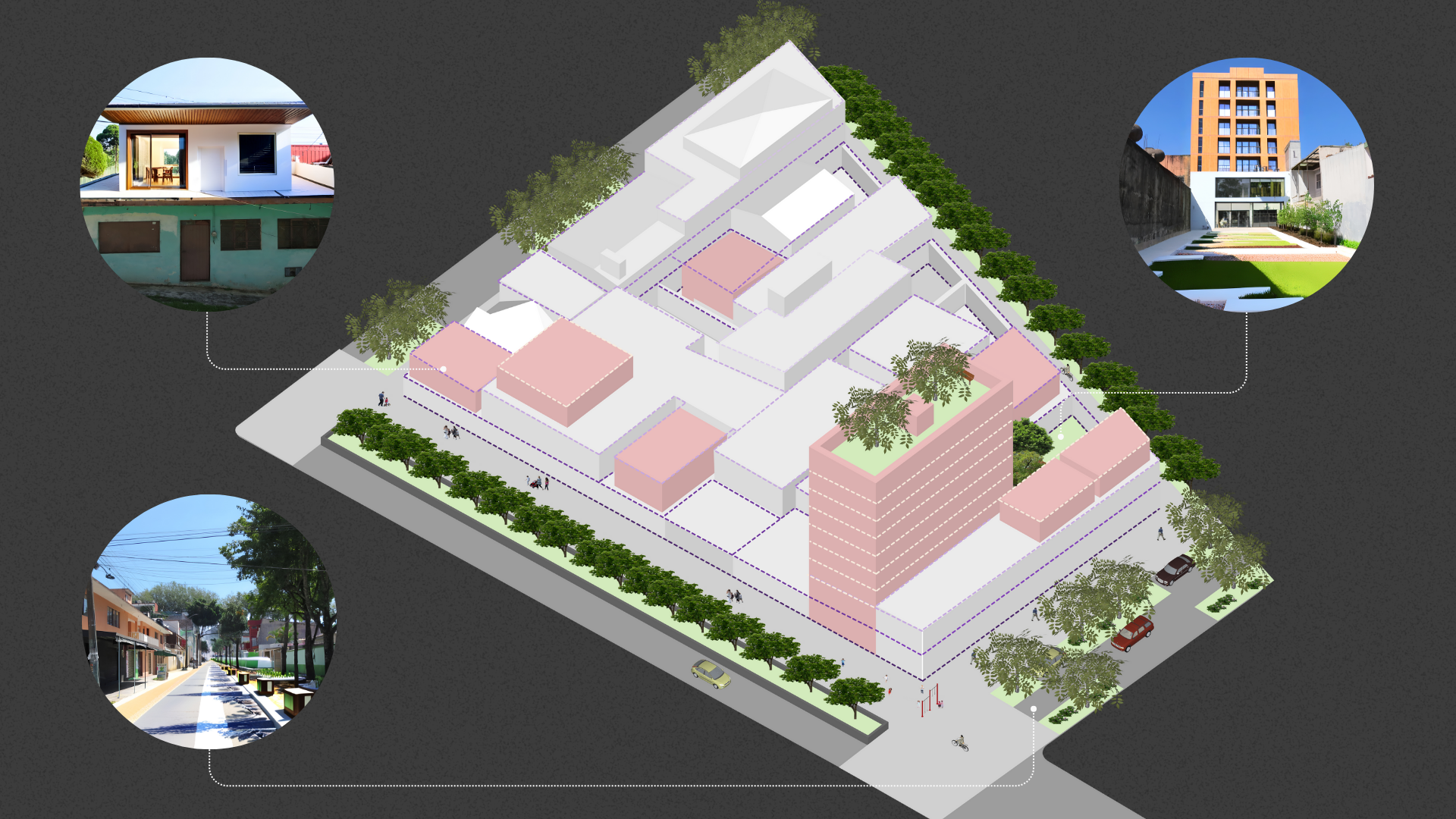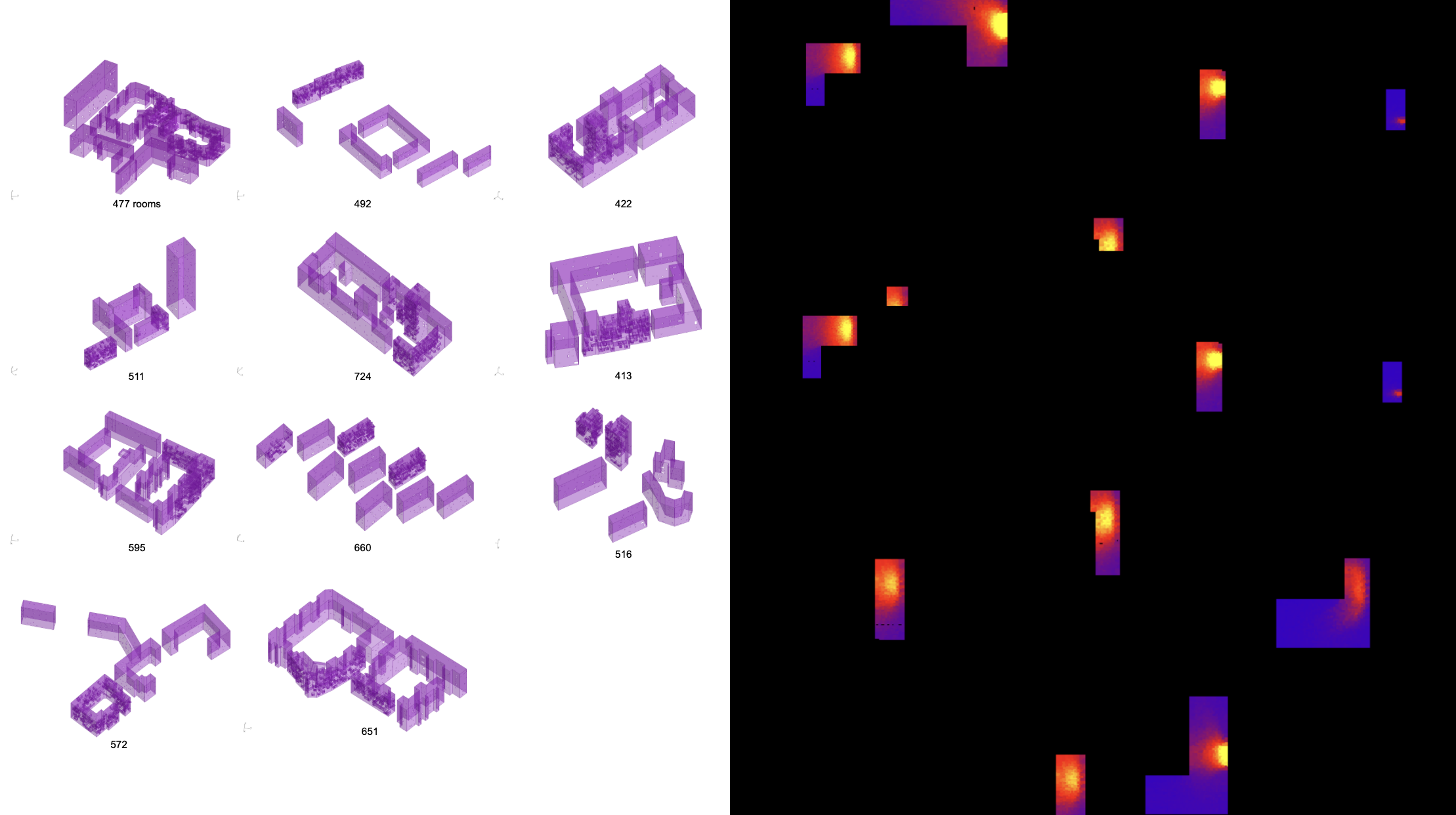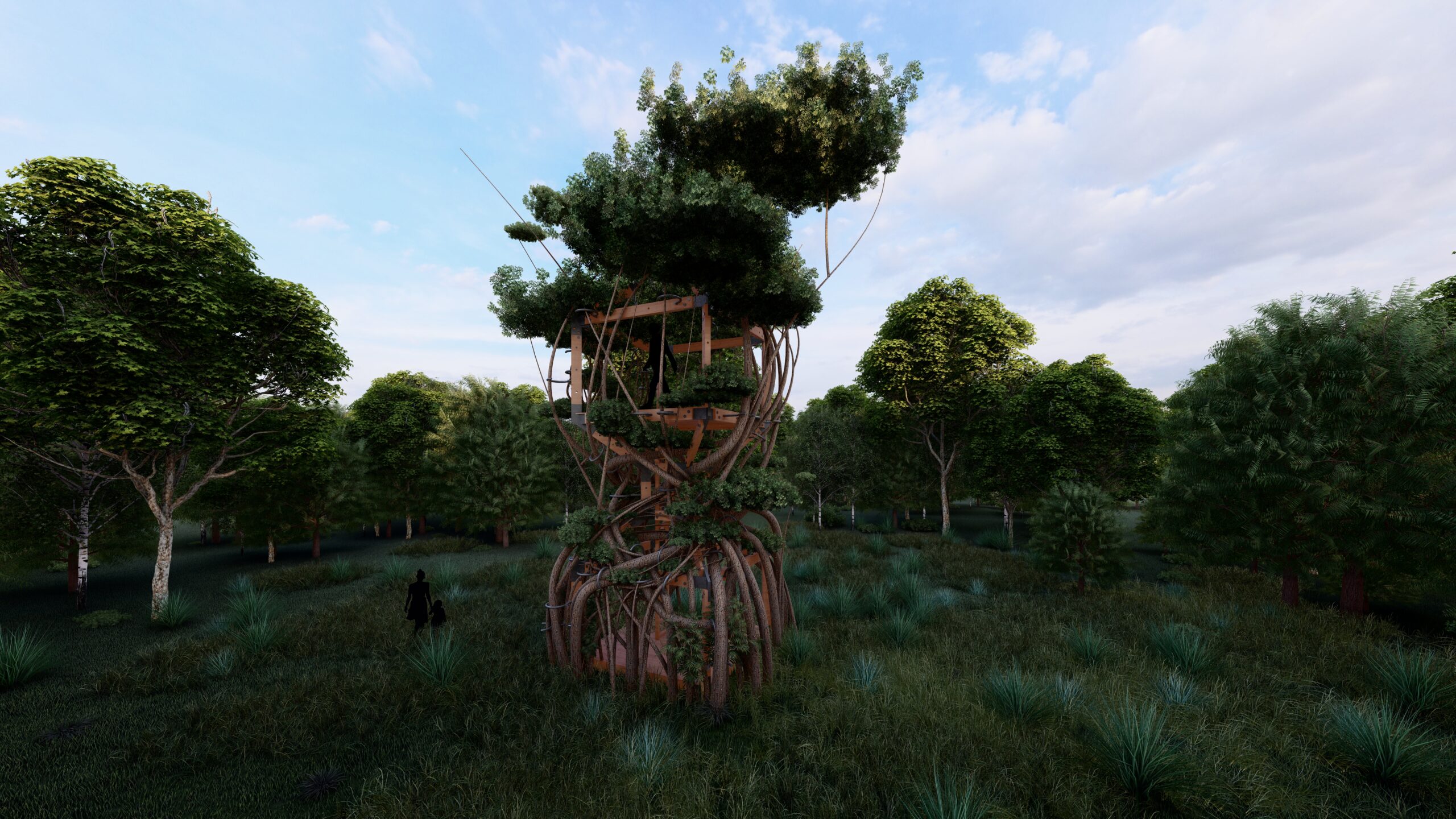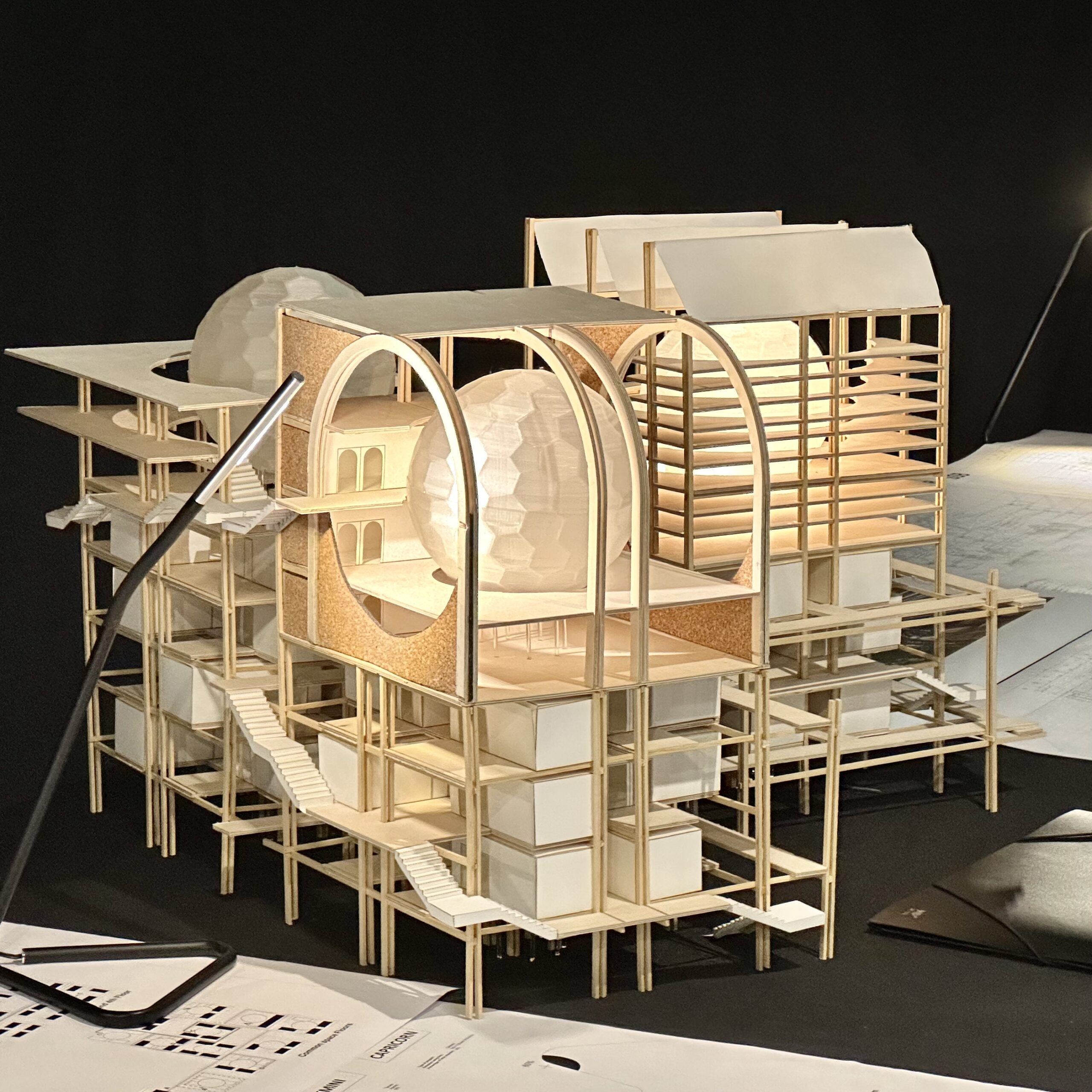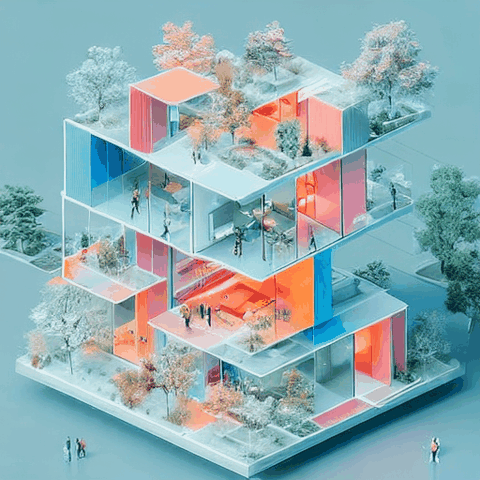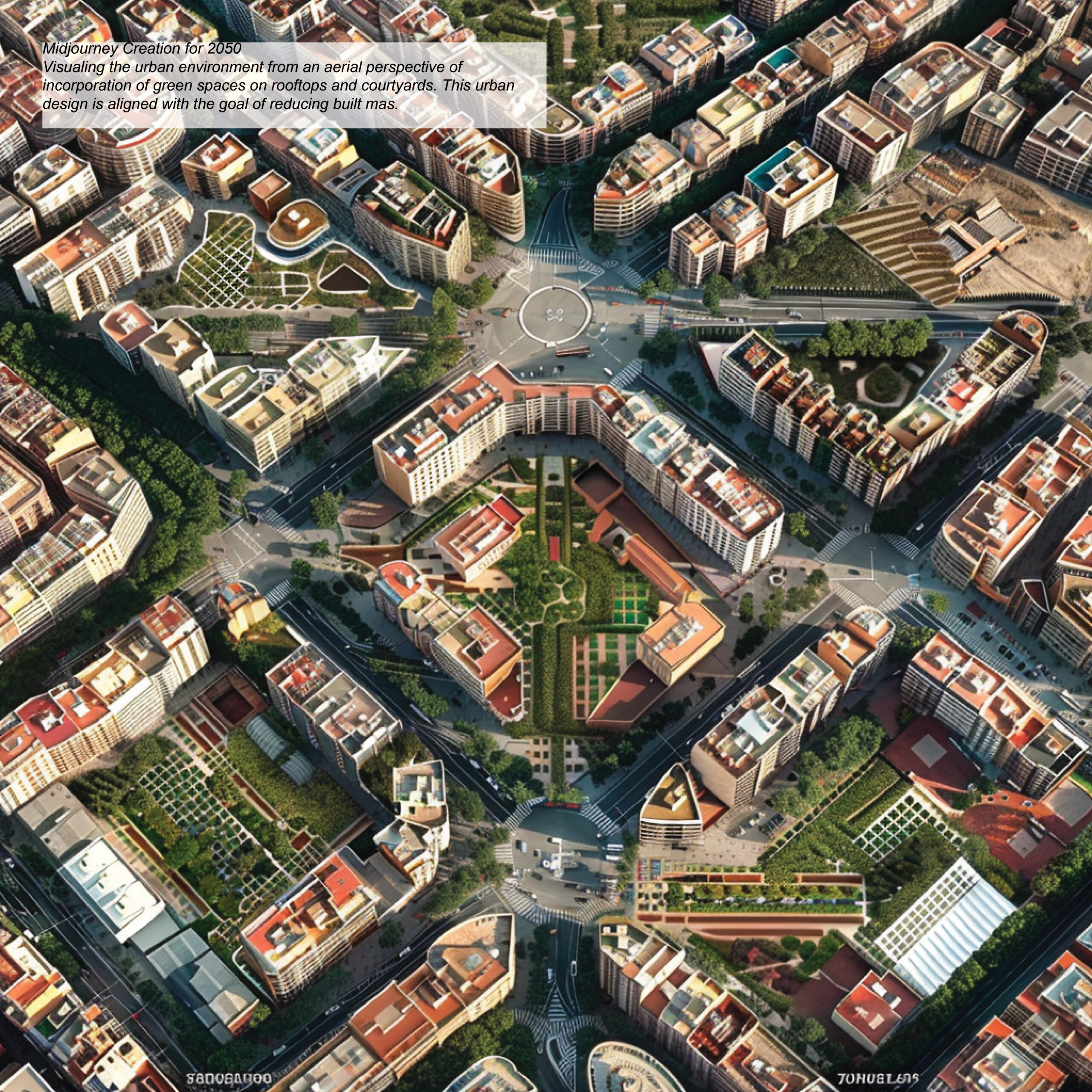AI theory: Using NLP – Graph Rag for AI Suggestions in Facades, based on Environmental Guidelines
This project leverages Graph Retrieval-Augmented Generation (Graph RAG) to provide intelligent facades configuration recommendations aligned with the New European Bauhaus (NEB) principles. This post presents how we apply AI theory approaches for reaching the stablished target. The project correlates quantitative data and qualitative guidelines, by integrating 17% of the assessed metrics in this guidelines and creating … Read more

